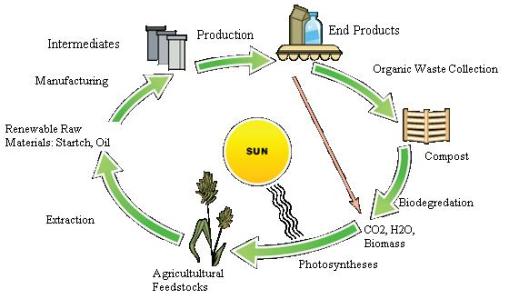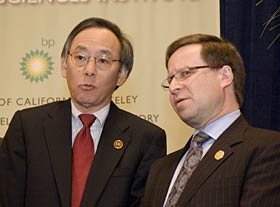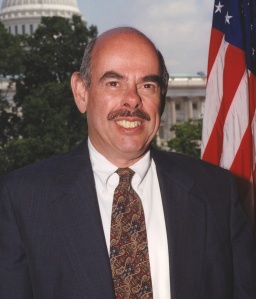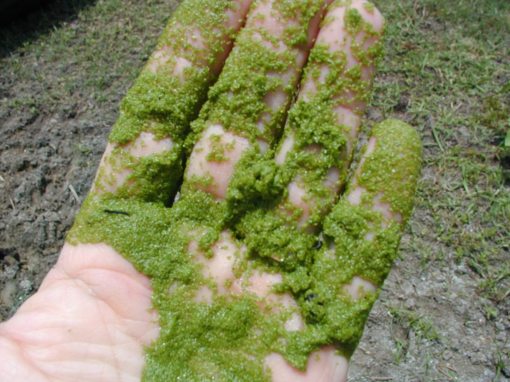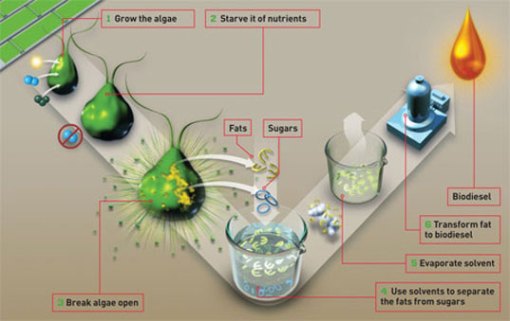Appropriately named, the city just south of Orlando Florida, called Destiny, is poised to become America’s first environmentally-sustainable city.


The city would span 61,000 acres in central Florida, keeping 25,000 acres as open space. The development project would only build residential buildings on land that has been exhausted by citrus groves and can no longer sustain agriculture.
Destiny is still in its early stages. The first phase includes constructing a “Research and Development Campus housing a Technology Incubator, Distribution Center, and an Academic Village and Training Center” on a 500-acre plot..
Eventually, city developers of Destiny like Randy Johnson, plan to harvest sorghum and jatropha plants to make biofuels. More ideas, such as using pyrolysis (burning organic matter to speed up decomposition), gasification and other “waste-to-energy” facilities like converting methane into energy for turbines, are in the works.

